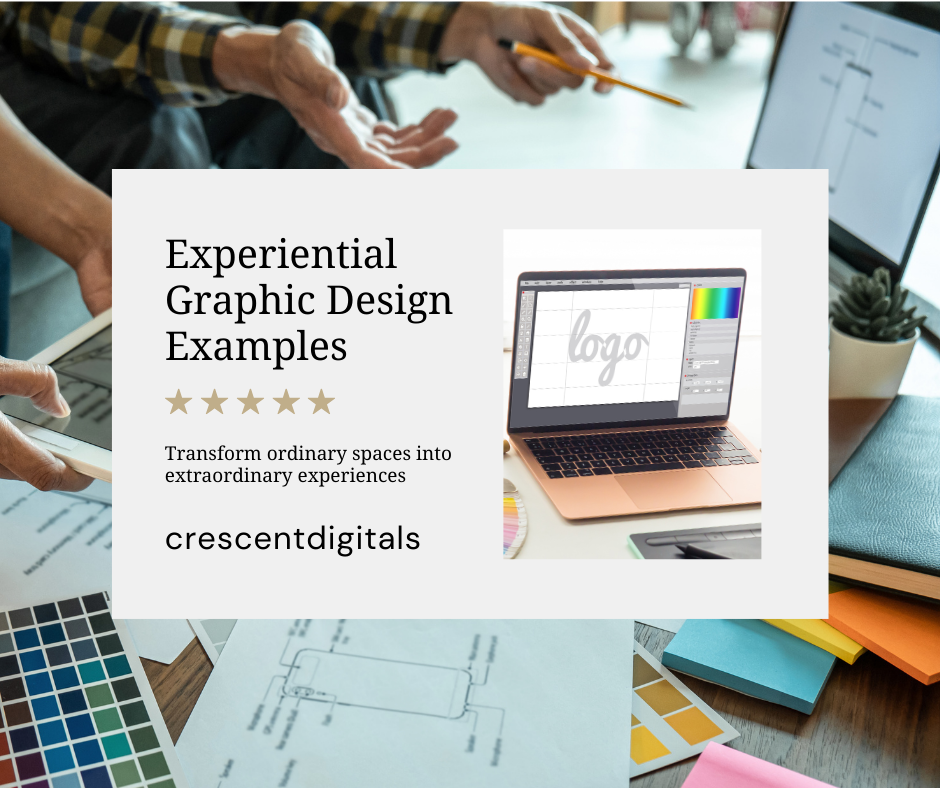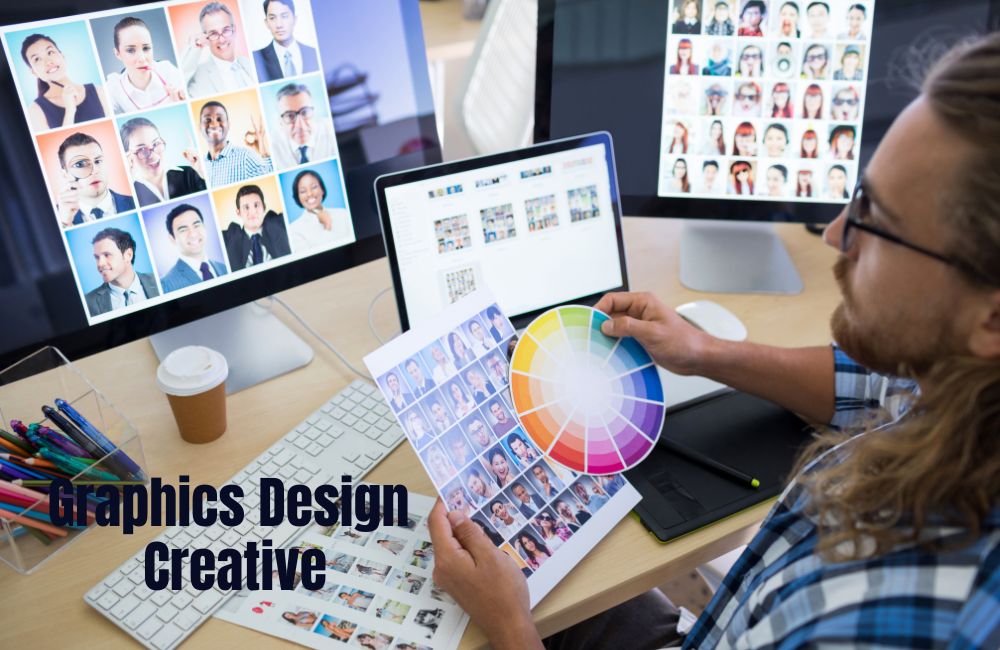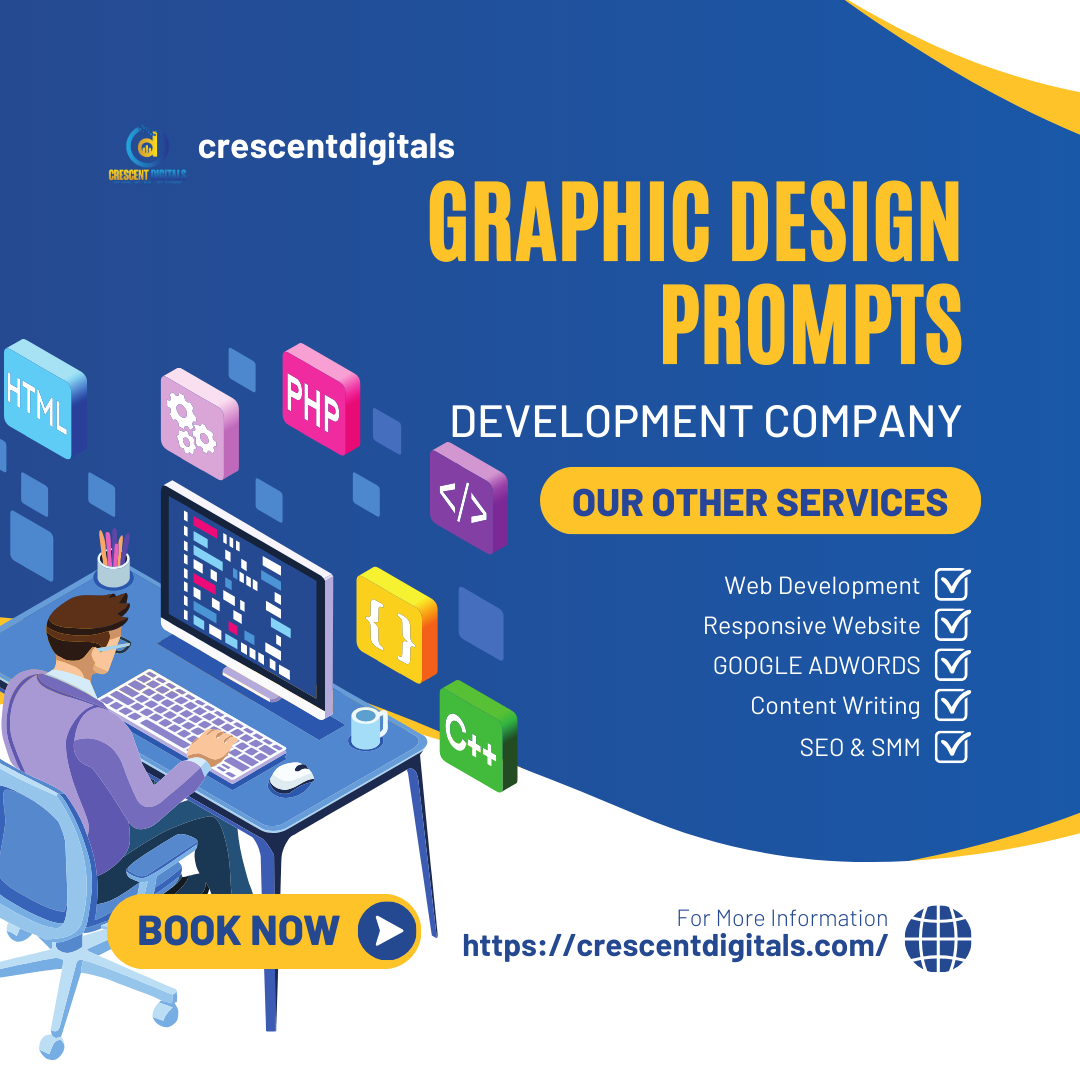Experiential Graphic Design Examples, Experiential Graphic Design (EGD) encompasses wayfinding systems and environmental murals. Interactive exhibitions and branded environments also exemplify EGD.
Experiential Graphic Design merges visual communications with the built environment to enhance user experience and convey informational narratives. This multi-disciplinary approach involves integrating graphics, architecture, interior design, landscape, and digital media. EGD plays a pivotal role in guiding visitors through space, creating educational and engaging exhibits, or immersing individuals in a brand’s story.
Well-crafted EGD can transform public spaces and corporate offices alike, shaping memorable interactions and fostering a deeper connection to the space. From museum displays that narrate historical timelines to corporate interiors that embody a company’s ethos, Experiential Graphic Design ensures visitors not only find their destination but enjoy a visually and emotionally enriching journey.
Understanding Experiential Graphic Design
Welcome to a journey through the dynamic and immersive world of Experiential Graphic Design (EGD). At its core, EGD marries the essence of space with storytelling to create engaging environments that resonate with audiences. This form of design transcends traditional graphics and focuses on enriching the user experience through multi-faceted touchpoints. Whether in public spaces, corporate environments, or bustling retail settings, EGD is an integral part of the fabric that weaves together space, identity, and experience.
Definition And Scope
At its heart, Experiential Graphic Design is a discipline that encompasses all aspects of visual communication as part of the built environment. This includes a wide range of elements such as:
- Wayfinding systems that guide users through a space
- Signage that communicates important information
- Environmental branding that strengthens identity
- Exhibit design that educates and engages
- Public installations that foster interaction and community connection
EGD is not limited by medium or scale; it can range from a small sign to an immersive multi-story installation. The scope is truly expansive, and it impacts numerous sectors including healthcare, education, hospitality, and urban spaces, to name a few.
Importance In Modern Marketing
In the ever-competitive landscape of modern marketing, Experiential Graphic Design stands out as a critical component in building brand experiences that matter. With the right EGD strategy, businesses can:
| Objective | Outcome |
|---|---|
| Create Immersive Brand Encounters | Engage customers in a memorable way that increases brand loyalty. |
| Facilitate User Navigation | Improve functionality and ease of use, enhancing user satisfaction. |
| Enhance Space Utilization | Turn places into experiences, giving a space purpose and distinction. |
| Drive Message Clarity | Communicate core values and messages in a direct and impactful way. |
EGD’s sensory-rich experiences can make a significant impact on a user’s connection with a brand. In today’s digital age, where customers crave authentic and tangible interactions, Experiential Graphic Design bridges the gap between virtual and physical, creating a lasting impression that effectively communicates a brand’s narrative and values.
The Power Of Visual Storytelling
Visual storytelling in Experiential Graphic Design transforms spaces into narratives, engaging audiences on a deeply personal level. This approach harnesses the potency of visuals to convey messages, evoke emotions, and create memorable experiences. By bridging the gap between an entity and its audience through immersive displays, visual storytelling cultivates a dialogue that resonates beyond the immediate sensory impact.
Creating Emotional Connections
Experiential graphic design excels in creating emotional connections. This medium employs a mix of graphics, text, and installations to craft experiences that strike a chord with the audience. Emotions are the cornerstone of human experiences, and when a design taps into them effectively, it creates a lasting impression.
- Interactive Installations: Invites participation, making the viewer a part of the story.
- Murals and Art Pieces: Depicts cultural or historical contexts, fostering a sense of belonging.
- Wayfinding Systems: Incorporates local art, making the mundane journey an engaging experience.
Through these methods, designers build spaces that don’t just inform, but also inspire and connect with people on a personal level.
Case Studies In Branding And Engagement
Case studies in branding and engagement showcase how experiential graphic design plays a pivotal role in story immersion. A well-executed campaign can transform brand perception and build a community around its narrative.
| Project | Description | Impact |
|---|---|---|
| Brand A Lobby Experience | An interactive lobby that plays with brand colors and imagery to welcome visitors uniquely. | Visitors report a greater connection with Brand A, leading to increased brand loyalty. |
| Museum B Historical Walkthrough | A curated path through history with sensory engagements at different epochs. | Enhanced visitor understanding and appreciation for the historical narratives presented. |
These examples highlight the effectiveness of experiential graphic design in creating brand-centric environments that tell a story and engage customers beyond traditional advertising.
Integrating Technology And Innovation
The world of Experiential Graphic Design (EGD) stands at the crossroads of technology and creativity, delivering a blend of interactive environments that captivate and engage. As digital innovations forge new paths, designers and brands eagerly integrate cutting-edge technologies to create compelling, memorable experiences for their audiences. These dynamic environments harness the power of innovation to tell stories, convey messages, and connect people to places in unforgettable ways. Let’s explore how augmented reality and interactive installations are redefining the landscape of experiential graphic design.
Augmented Reality In Experiential Graphic Design
Augmented reality (AR) breathes new life into the traditional EGD space by overlaying digital information onto the physical world. Designs using AR transform static elements into interactive narratives, allowing users to engage with the content on a deeper level. Here are a few examples where AR makes a significant impact:
- Wayfinding Systems: AR applications can enhance navigational signage in airports, hospitals, or campuses, leading visitors through an interactive, visual journey.
- Brand Activations: Companies create buzzworthy events or installations that leverage AR to promote new products, driving customer interaction and social sharing.
- Museum Displays: Historical or cultural artifacts come to life as AR storytelling provides a rich backdrop to the exhibits.
Interactive Installations And Immersive Experiences
The evolution of EGD has given rise to installations that transcend the physical sphere, offering fully immersive experiences. These interactive designs incorporate various technologies, including touch screens, motion sensors, and even virtual reality to create multi-sensory experiences. Consider the following compelling instances:
- Multimedia Exhibits:
- Visitors engage through touch and sight, becoming part of the storytelling process in museum spaces or art installations.
- Public Art Projects:
- Installations in public spaces invite passersby to interact, fostering a unique community connection.
- Retail Environments:
- Stores utilize interactive displays, allowing customers to browse and customize products in a futuristic shopping landscape.
Environmental Graphic Design In Real-world Spaces
Immersing ourselves in an environment where every visual cue tells a story isn’t just about art—it’s about communication at its most fundamental. Environmental Graphic Design (EGD) converges the essence of architecture, interior design, and graphic design to create an interactive spatial narrative. This powerful tool enhances user experience, enabling seamless navigation and interaction within physical spaces. Let’s explore awe-inspiring examples of EGD as they come to life in the real-world, transforming ordinary spaces into extraordinary experiences.
Wayfinding And Environmental Signage
Clear, cohesive wayfinding systems serve as the silent guides of the built environment. High-quality environmental graphic design ensures that navigating through complex spaces like airports, hospitals, and educational campuses is intuitive and stress-free. Here are key elements to note:
- Directional Signage: Strategically placed to offer at-a-glance guidance to visitors, ensuring no one feels lost.
- Identifiers: Boldly mark crucial landmarks within a space, such as entrances, restrooms, and emergency exits.
- Informational Displays: Provide context about the surroundings or the building’s history, enhancing visitor engagement.
Real-world impactful examples can be seen in places like New York’s Times Square, where dynamic digital signage creates a vibrant, navigable public domain amidst a sea of activity.
Architectural Integration And Spatial Experience
Environmental Graphic Design transcends mere decoration; it’s an intrinsic part of the architectural narrative. It shapes how we perceive space, depth, and our place within a building. Here’s how EGD can manifest through architectural integration:
- An immersive spatial experience can be crafted through large-scale murals that reflect the brand’s ethos or the building’s purpose.
- Interactive installations capture attention and invite engagement, turning passive observers into active participants within the space.
- Texture and Materiality play pivotal roles; the choice of materials in design elements can evoke specific emotions and connect with users on a tactile level.
Examples abound in iconic institutions like the Louvre in Paris, where EGD seamlessly blends with the architecture, directing millions of yearly visitors through historical narratives with every step they take.
Whether it’s the efficiency of finding your way or the joy of experiencing a space tailored to tell its unique story, Environmental Graphic Design stands at the intersection of function and artistry, creating environments that are not only seen but are deeply felt and remembered.
The Future Of Experiential Graphic Design
As we delve into the future of Experiential Graphic Design (EGD), we witness a dynamic shift in how environments and spaces engage with their audience. The blend of art and technology paves the way for transformative experiences that resonate on a deeper level with individuals, while simultaneously bolstering brand presence. Engaging, interactive, and deeply personal – the future of EGD is not just about visuals, but about crafting stories that linger in the minds of the viewers.
Evolving Trends And Innovations
The evolution of EGD is driven by cutting-edge trends and innovations that challenge traditional boundaries. Augmented Reality (AR) and Virtual Reality (VR) are revolutionizing the way users interact with space, providing immersive experiences that were once the realm of science fiction. Here’s what’s at the forefront:
- Interactive Installations: Incorporating touch, motion sensors, and voice recognition to create responsive environments.
- Digital Wayfinding: Using dynamic, updateable signage to improve navigation and information accessibility.
- Eco-friendly Materials: Embracing sustainability in EGD materials and processes for a greener future.
- Data Visualization: Turning complex data into engaging visual stories that are easy to understand and act upon.
Impact On Consumer Behavior And Brand Identity
Experiential design influences consumer behavior in profound ways. It’s becoming increasingly evident that brands that invest in experience-driven design enjoy a stronger connection with their customers. Here is the impact highlighted:
| Impact Area | Description |
|---|---|
| Emotional Engagement | Engaging graphics stir emotions and form memorable experiences that foster brand loyalty. |
| Brand Differentiation | Unique design elements stand out, differentiating the brand in a crowded marketplace. |
| Interactive Experience | Interactive elements lead to increased dwell time and deeper engagement with brand messages. |
| Value Perception | High-quality visual experiences elevate the perceived value of products and services. |
With a clear understanding of the future trends and impacts, businesses and designers alike can harness the power of Experiential Graphic Design to create not only spaces with visual appeal but environments that connect on an interactive and emotional level with their audience.

Credit: www.amazon.com
Frequently Asked Questions On Experiential Graphic Design Examples
What Is Experiential Graphic Design?
Experiential Graphic Design (EGD) embraces various disciplines including graphic, architectural, interior, landscape, and industrial design focused on visually communicating within a given space to enhance user experience.
Why Use Experiential Graphic Design?
Experiential Graphic Design improves navigation, tells stories, and creates immersive environments, thus enhancing engagement and communication in a space.
What Are Common Egd Materials?
Common materials include vinyl, metal, wood, glass, digital screens, and various print substrates tailored for durability and visual impact in EGD projects.
Can Egd Be Digitally Interactive?
Absolutely, EGD often incorporates interactive digital elements, such as touchscreens and augmented reality, to engage users more deeply.
What Settings Use Egd?
EGD is used in settings like corporate offices, public spaces, museums, educational institutions, retail environments, and transportation hubs.
How Does Egd Benefit Businesses?
EGD can reinforce brand identity, improve wayfinding, and create memorable experiences that can lead to increased customer engagement and loyalty.
What’s The Future Of Egd?
The future of EGD lies in integrating technology and sustainability, focusing on interactive, adaptive designs that are environmentally responsible and user-centric.
Can Egd Affect Mood?
Yes, EGD can significantly influence mood and behavior, utilizing color, imagery, and lighting to evoke emotions and guide experiences within a space.
How To Measure Egd Effectiveness?
Effectiveness can be measured by user engagement, successful navigation, brand recognition, and achievement of the desired emotional response or behavior.
What’s Unique About Egd Signage?
EGD signage is often custom-designed to complement the surrounding environment while providing clear, accessible information tailored to the space and its users.
Conclusion
To sum up, experiential graphic design reshapes how we interact with spaces. The examples showcased reveal its power to engage, inform, and delight. As you embark on your next design journey, let these inspirations guide your creativity. Remember that each element shapes the narrative of the space, forging memorable experiences.






